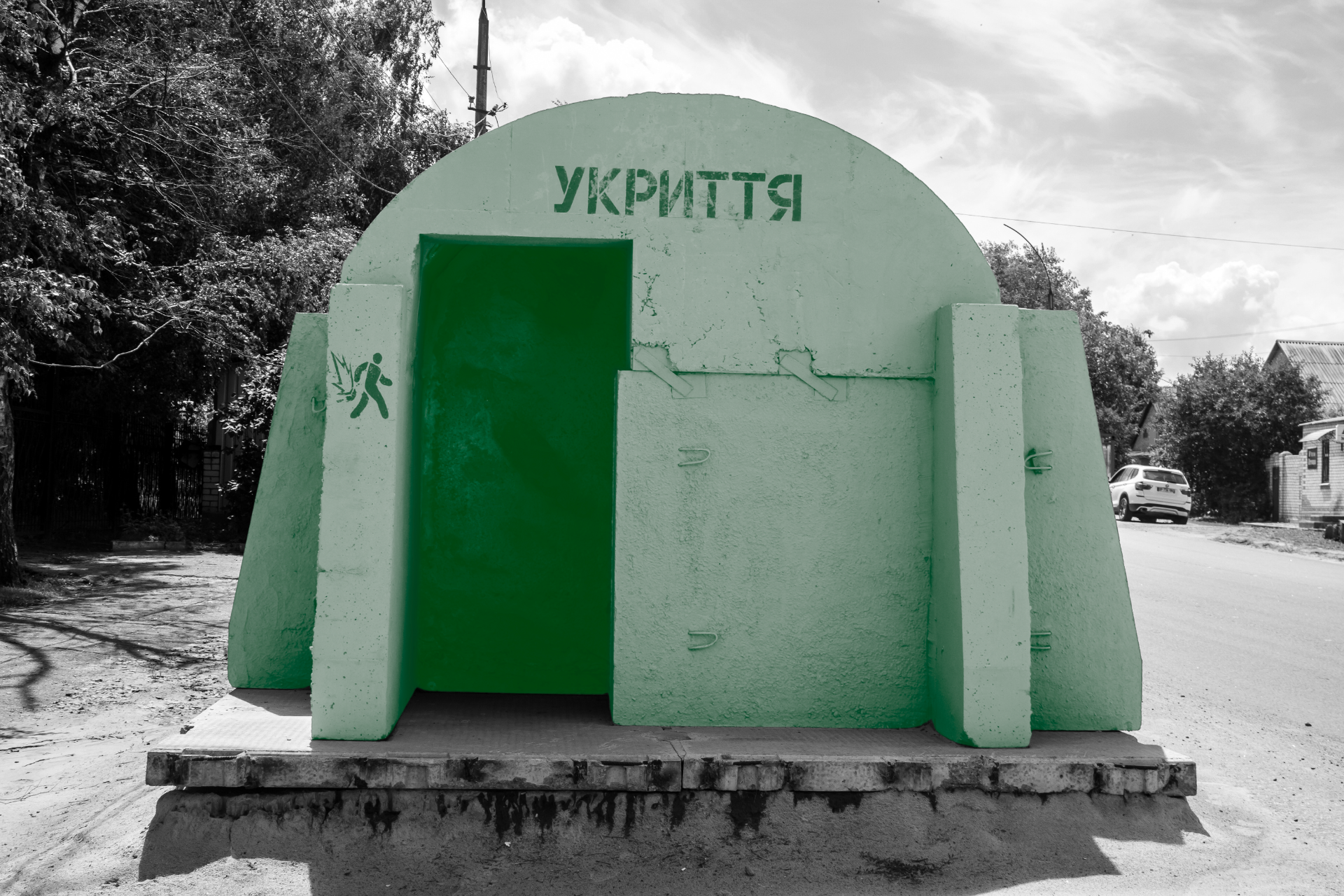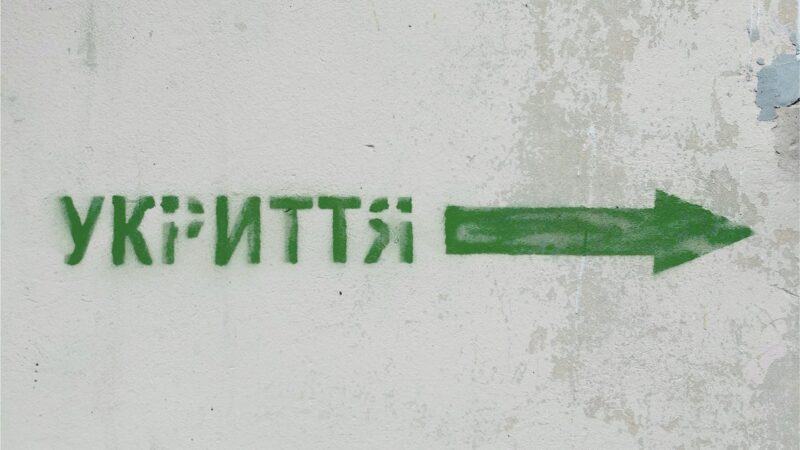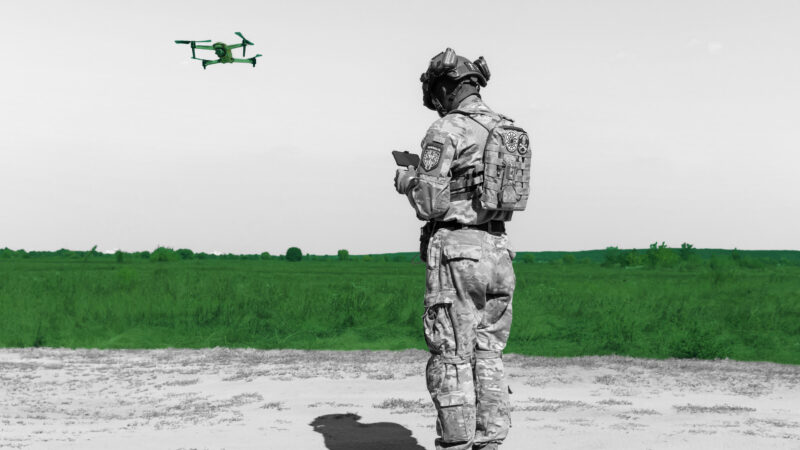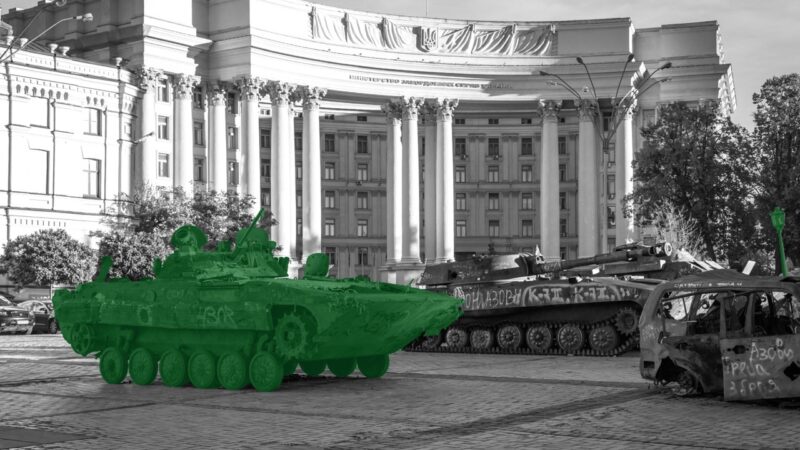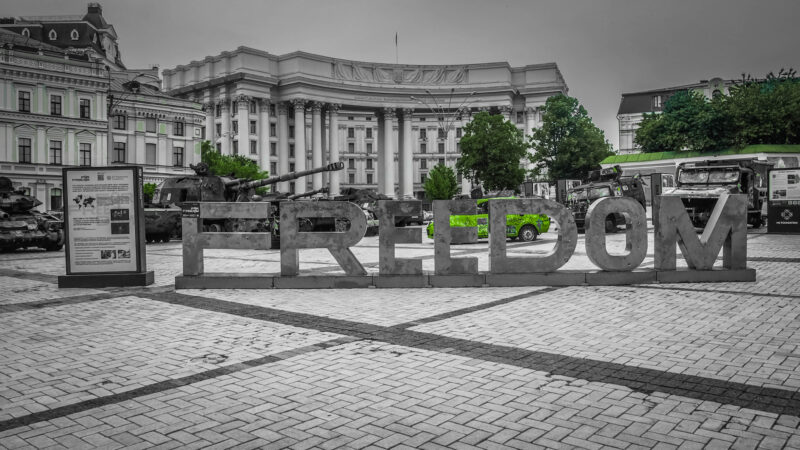Interview with Agnieszka Legucka | The Russo-Ukrainian war is a clash between two national armies and two global world views
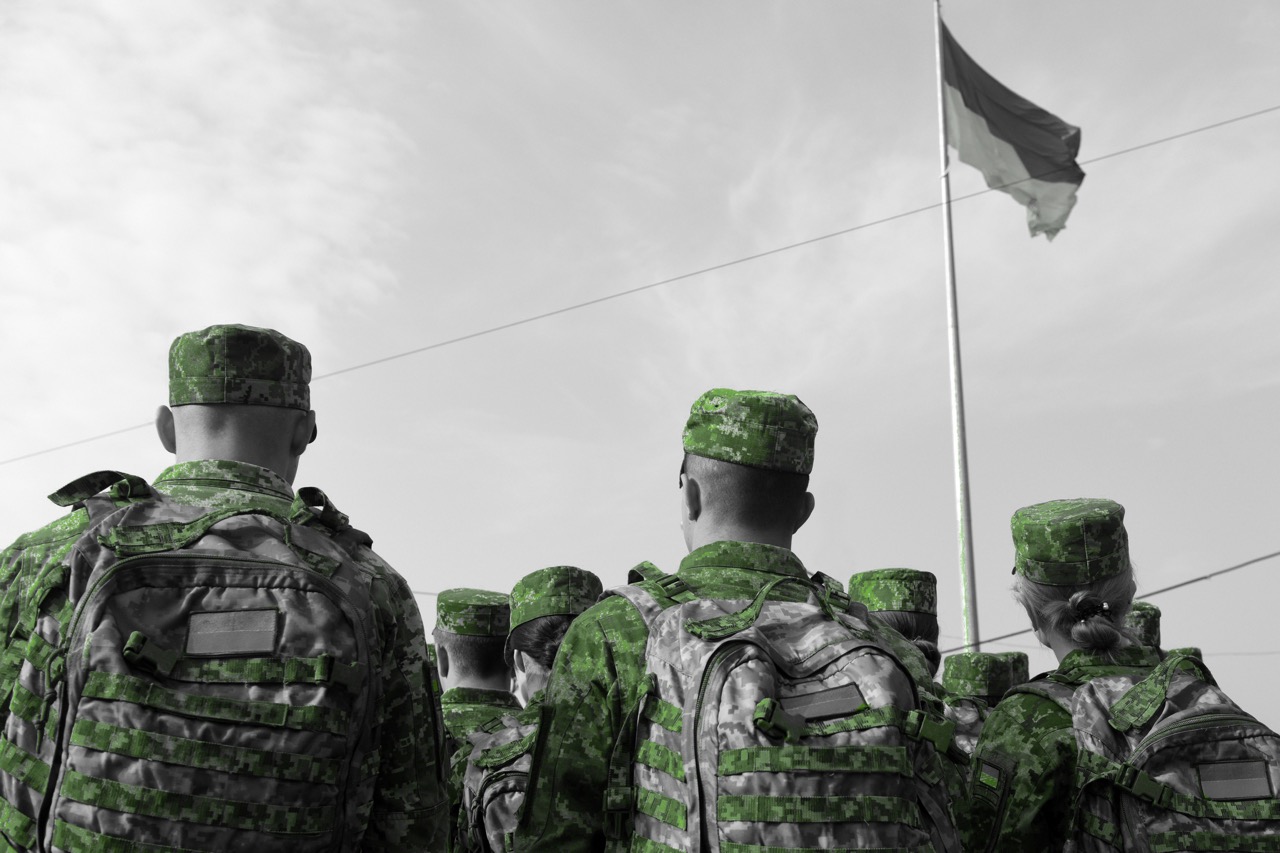
Ostap Kushnir: How would you define the Russo-Ukrainian war compared to other military conflicts of the 21st century? Is there anything outstanding or unexpected in its character?
Agnieszka Legucka: The Russo-Ukrainian war differs from other military conflicts in the last seventy years, the ones taking place after the end of WW II. The majority of these conflicts, as we calculated at the SIPRI [Stockholm International Peace Research Institute], were intra-state hostilities, fought within national borders. However, the Russo-Ukrainian war is an inter-state conflict engaging two sovereign entities.
Apart from this, the Russo-Ukrainian war is not an “ordinary” violation of international law but rather an act of aggression that could ruin the architecture of global order and security. Indeed, one of Russia’s objectives well before February 2022 was to challenge the existing equilibrium and rise against the West. The war became instigated by and involves one of the members of the UN Security Council, a country with “great power” ambitions, which hinders seeking for peace via diplomatic means.
On the eve of the full-scale invasion, many experts were skeptical about the probability of Russia resorting to ultimate aggression against Ukraine and breaching international law, yet it happened. Since then, the conflict has involved not only Ukraine and Russia but the whole global community.
Another issue that came unexpectedly is that the West, perceived as weak by both the Kremlin and Beijing before the invasion, became more united in order to counter the aggression. This unity happened not only within the EU but in the transatlantic dimension too. The NATO countries understood that Russia, if not stopped, would likely go beyond Ukraine in its conquest. After February 2022, Ukraine started being regarded as a first step in the Kremlin’s undermining of the European security architecture and global order. In this light, NATO countries became more open to Kyiv’s requests.
Developments during the past year also fractured many myths that existed before the full-scale invasion. The first myth argued that the Russian army, regarded as the second-most powerful in the world, was invincible. Instead, Ukraine demonstrated that Russia could be stopped and defeated. The second myth argued that the West was weak, divided, and lacked resolve. Instead, the West became united as it never has been since the end of the Cold War.
The shattering of both myths sent a strong signal to Beijing: taking risks and applying power alone, without assessing the situation and own resources critically, do not necessarily lead to irreversible global changes. Exactly because Russia violated international law in Ukraine and jeopardized regional security, the US became very active in Europe. The analysts in Washington connected the dots very quickly and concluded that China, as a fellow “great power,” might follow the Russian tactic and send troops to Taiwan. Therefore, for this reason alone Russia’s overwhelming success in Ukraine became unacceptable to the West.
In sum, the Russo-Ukrainian war is a skirmish between two national armies on a local battlefield and a clash between authoritarian and democratic systems on the global level. This makes the war unique.
Kushnir: In your opinion, what have been the major successes of Ukraine and Russia today, more than a year after the full-scale invasion started?
Legucka: Ukraine can boast a few successes. Primarily, and most importantly, the country stood its ground against Russia and preserved its sovereignty.
Secondly, Kyiv created a powerful coalition of Western allies around its cause. The European Union, which had previously demonstrated only “deep concern” when addressing world crises, became more active and bold, even procured weapons for Ukraine in an unprecedented move. In turn, the US reinvigorated its status as a global leader. To my knowledge, 80 percent of the military ammunition and equipment that Ukraine possesses today has been provided by Western allies.
The third success is the evolved resilience of Ukrainian society in the face of Russia’s blackmail. This includes the nationwide readiness to endure nuclear threats, destruction of energy infrastructure, displacement of people from Ukrainian territory, and other forms of blackmail. I have never seen such strong resilience in any other country at war.
Ukrainian resilience has become something that everyone in the West admires. It has two roots: the excellent leadership of President Zelensky and the grassroots social desire not to fall under Russia. In Poland I met a lot of Ukrainian refugees and migrants who spoke confidently about the forthcoming victory. Not only did they have little doubt that their country would survive, they believed in the victory of their army.
The resilience of Ukrainians is something that needs to be constantly highlighted. When I talk to German, French, or American experts, I feel their fear. These people are particularly concerned about Russian nuclear escalation. However, I feel nothing like that from my Ukrainian colleagues or ordinary citizens. Their fearlessness is a good basis for the authorities in Kyiv to wage a successful war.
Ukrainians know why they are fighting. They perceive the Russian invasion as an existential threat. They built a unified front against this threat. This development, in my view, is another major success of Ukraine.
On the Russian side, the war has reinforced the authoritarian regime, social subordination, and loyalty of national elites to the Kremlin. This is something that neither Ukraine nor the West can ever experience. Putin has successfully deployed systems of repression and propaganda and divided Russian society into those who publicly support victory and those who conceal their criticism of the aggression. The unwillingness of ordinary citizens and elites to speak against the regime allows Putin to continue feeding the war and even, if needed, transform it into a protracted one. In other words, Putin successfully raised the level of connivance in his society—a unique Russian strength that is impossible to duplicate in democratic societies, which sooner or later start suffering war fatigue.
That being said, I do not see many other Russian successes, apart from Putin’s strengthening his political course at the domestic level and amplifying war fatigue among Ukraine’s partners at the international level.
Kushnir: How would you assess the current level of war fatigue among Ukraine’s international partners?
Legucka: I think that the fatigue is slowly growing, at least among some groups of countries and political parties in the West. For instance, in the US many members and voters of the Republican Party are raising their voices against helping Ukraine, unlike the majority of people affiliated with the Democratic Party. Analysts speculate today that if a Republican candidate wins the next presidential elections in the US, then the attention to Ukraine will shrink.
In Western Europe, support for Ukraine remains high on the agenda, but its sustainability greatly depends on the position of Washington. If the US reconfirms its strong commitment to European security, then all the countries in the region will continue to stand behind Ukraine. However, even under the most favourable scenario, the support of Hungary will remain limited because that government and society are largely pro-Russian. In France and Germany, understanding of Ukraine’s suffering and effort has always been rather strong, but the anti-American sentiment of people there risks sabotaging long-term transatlantic partnerships.
Apart from this, Western states are not only accumulating war fatigue in a “natural” way but also falling victim to Russian propaganda. It is not uncommon to find articles in Western media about the dire consequences if Russia’s nuclear weapons were deployed. Also, many articles spread narratives of uncertainty—for instance, the possibility of escalated bloodshed if Ukraine liberates Crimea, the chaos in Eurasia if Russia collapses after losing the war, or the radicalization of Russian society and elites after Putin gets ousted.
However, when looking at public opinion in Poland and the Baltic states, support for Ukraine remains unwavering. Central European countries believe that Ukraine needs even more weapons and ammunition.
Kushnir: Speaking about weapons and ammunition, what kinds does Ukraine require from the West in order to succeed in the forthcoming counteroffensive, liberate its territories, and make Russia start genuine peace negotiations?
Legucka: The Western experts whom I talk to—specifically, those from the US—claim that Ukraine has not received enough weapons. For a successful counteroffensive, the ratio of weapons needs to be 3:1 in favour of the attacking side. On top of that, the attacking side should have a strong presence in the air, in order to successfully storm well-fortified positions from above, which is exactly the case of Russian entrenchments in Crimea and the Donbas. Instead, as it stands now Ukraine has received enough weapons to survive but not liberate its occupied territories.
From my talks and observations, Ukraine’s readiness for a counterattack stems not as much from Western military support as from the bravery and tactical improvisation of its soldiers. Ukrainians have learned to capitalize on the bad logistics, chronic corruption, and poor training of Russian troops and conduct daring operations with shock tactics.
That being said, Russia’s advantage in the current stage of the war is that they are on the defensive. Considering the existing deficit of weaponry, Ukraine will have a challenging time mounting a counteroffensive. Not to mention that little or no successes in 2023 will make it even harder for Ukraine to advance in 2024, when war fatigue will further grow in the West and elections will take place in the US. Thus, this year will be crucial for Ukraine.
In a word, I believe that Ukraine’s victory will not be as much secured by military support from the West, which could be much stronger, as by innovative tactics and the high motivation of ordinary soldiers. But I could be wrong, as my analysis is based on open sources. A lot can take place behind the scenes.
Kushnir: You are known as a proponent of the “matryoshka”-style Russian disinformation theory. What exactly is this theory about?
Legucka: The general principle of the “matryoshka” theory claims that the true information about an institution, a person, or the truth behind facts is buried under layers of falsifications, distortions, and manipulations. Therefore, if all is hidden and nothing is clear, audiences will always live in uncertainty and question reality.
It is fairly hard to fight with “matryoshka”-style disinformation, especially the Russian variety. Western audiences regularly fell for it before February 2022. However, my latest hypothesis is that the West now acknowledges the threat and is learning to defend against it. At the same time, it must be noted that Russian disinformation has also evolved.
The major feature of current Russian disinformation in the West is the promotion of desirable messages at all costs, even if they occasionally confirm facts of aggression and crimes of the invaders. On top of that, Russia is expanding the geography of its disinformation activities. It has recently stepped up its information exchange with China. Media outlets associated with the government in Beijing are copy-pasting messages from Russian sources and spreading them further. Although many statements by Chinese officials include abstract reflections about the necessity to respect the territorial integrity of states, they never address the specific case of Ukraine’s territorial integrity.
Recent opinion polls demonstrate that the lion’s share of Western audiences does not believe Russia’s messaging anymore. This does not mean, however, that Russia has stopped working effectively in the Western media space. It only means that Russia has become smarter. One way is that the narratives it popularizes today are not as much pro-Russian as they are anti-Ukrainian.
It is very important to understand that the evolved version of the Russian “matryoshka” relies on undercover activity a lot. Comments left by troll factories on the Internet are often favoured over publications in official media outlets. Also, Russia continues using “useful idiots” [a memetic reference, dating back to the Stalin era, to pro-Russian public figures in different countries] to spread its messages. A recent development is Moscow’s engagement of its diplomats and their Twitter profiles to spread disinformation. For example, Russian Foreign Minister Sergei Lavrov is a well-used instrument of Kremlin propaganda.
Finally, one more aspect of the expansion of Russia’s “matryoshka”-style disinformation is its aggressive penetration of Spanish-speaking media, particularly Twitter. For one thing, misleading messages written in Spanish are not always properly detected by English-language moderators or AI. For another, Russia relies on the Spanish language to rally the Global South to its cause—specifically, the countries of Latin America. It exploits the anti-US post-colonial narratives there and portrays the war in Ukraine as one more conflict between “white people,” where a single great power (Russia) is fighting against another (the West).
Kushnir: How can ordinary readers or viewers defend themselves against Russian propaganda? What should they do to preserve informational hygiene?
Legucka: Today, even if one tries it is rather difficult not to be fooled or manipulated. All of us receive tons of information every day when scrolling through newsfeeds on social media. My advice is to follow a simple rule: whenever you encounter information on the Internet that makes you feel nervous or too emotional, start suspecting that something is wrong. I also strongly suggest that you do not spread such information any further.
The point is that the majority of Internet readers and viewers are rather lazy. Verification of sources and cross-checking of facts, which I recommend doing regularly, are not common practices. Therefore, to be on the safe side readers and viewers should approach disturbing news with caution; at the very least, they should avoid clicking on catchy images or uncritically forwarding such items to their friends.
Kushnir: What about cyberspace? How does Russia use it to attack Ukraine and the world?
Legucka: Russia uses all means at its disposal to conquer Ukraine. I have observed that the Kremlin orchestrates attacks in cyberspace before any conventional military advance. This was a regular practice before February 2022 and was epitomized on the eve of the invasion, when Russia tried to block the web pages of all Ukraine’s ministries and online banking applications, aiming to disrupt communications and sow panic. They did not achieve much then.
In general, the effectiveness of Russia’s cyber-attacks against Ukraine is not very high today. Since 2013, Ukrainian IT specialists have developed countermeasures to withstand them. Another issue is Russian attacks against NATO countries. The disruption of critical infrastructure and leaks of secret information are becoming more frequent there. The paradox is that the more technologically advanced West needs to learn from Ukraine how to defend its cyberspace.
Another paradox is that the initiative on the cyber-battlefield has shifted during the course of the war. At the beginning of the invasion, it was Russia who dictated the logic and dynamics of disruptive events. However, today Ukrainians are the ones demonstrating more audacity, attacking and hacking Russian targets, particularly media outlets. Many times already, Russian viewers have been unexpectedly presented with Ukrainian news from Ukraine, not to mention the broadcast of an anti-war speech by President Zelensky.
Kushnir: What is your opinion of current Polish-Ukrainian relations—specifically, in the security domain? What are your predictions for the future?
Legucka: On every level, since 1989 Polish-Ukrainian relations have never been better. The war became an unfortunate reason for this. Social and historical discrepancies that have always been difficult to address were cast aside. They have not disappeared—and I think that they will resurface as a problem for historians and politicians in future—but the security priorities of the present moment enhance our cooperation.
The government of Poland has delivered to Ukraine everything Poland could deliver. In terms of volumes of supplied weapons and intensiveness of personnel training, Poland is third among all Ukraine’s allies, following the US and UK. Poland has also become a logistics hub for military assistance to Ukraine from all across the globe.
A new Polish-Ukrainian treaty is being prepared today to reshape and institutionalize the existing frameworks of cooperation as well as elevate them to a higher level, which was impossible before February 2022.

